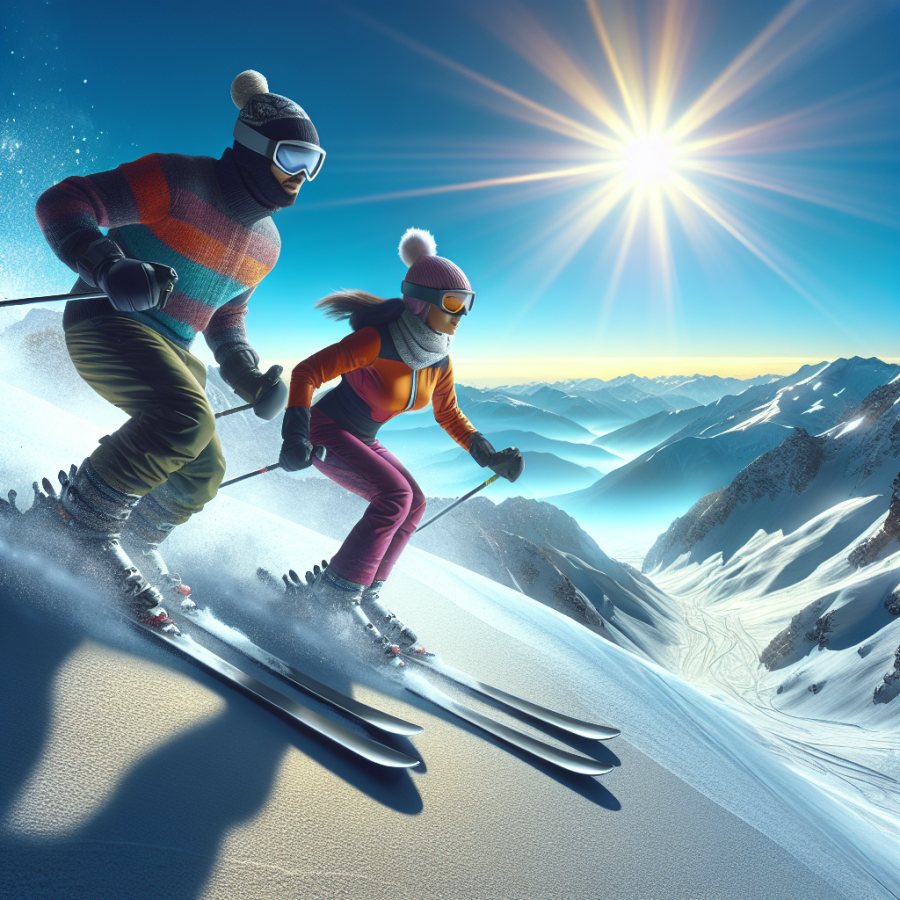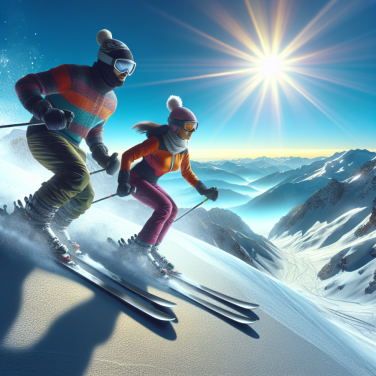Gear Selection and Maintenance: Ensuring Optimal Performance on the Slopes
Successfully navigating the slopes requires not only skill but also the right gear which is well-maintained to ensure optimal performance. Whether you're a novice or a seasoned skier, understanding how to select and maintain your equipment can greatly enhance your skiing experience. Here’s what you need to know about gear selection and maintenance.
When selecting ski gear, your primary focus should be on the skis, boots, bindings, and poles that are appropriate for your skill level, body type, and skiing style. For beginners, softer and shorter skis are usually recommended as they are easier to turn. More advanced skiers may opt for longer and stiffer skis that offer better stability and speed control at higher velocities.
Ski boots require particular attention as they are the critical link between your body and your skis. They should fit snugly but comfortably, with enough room to wiggle your toes, yet tight enough to prevent your heel from lifting. Properly fitting boots enhance control and reduce fatigue. When it comes to bindings, safety is paramount. They should be adjusted to your weight and skiing style to ensure that they release when they are supposed to, helping to prevent injuries during falls.
Maintenance of your gear is just as important as the initial selection. Regularly wax your skis to ensure they glide smoothly over the snow. This reduces friction, making it easier to control your speed and navigate turns. Additionally, sharp edges are necessary for holding a line on icy or compact surfaces, so make sure your skis are tuned and edges sharpened periodically.
Boots should be checked for any signs of wear and tear before and after the season, and dried out completely after each use to prevent odor and deterioration of the material. Buckles and power straps should be functional and not damaged. For poles, ensure that the grips and straps are intact, and the tips are sharp for proper pole planting.
Lastly, don't forget about your helmet and goggles. A helmet that fits well is a non-negotiable safety item. Your goggles should provide clear vision in various lighting conditions and fit well with your helmet to protect your eyes from wind, snow, and UV rays.
Incorporating these gear selection and maintenance tips into your pre-ski routine will go a long way in ensuring a successful and enjoyable experience on the slopes. Remember that well-chosen and well-cared-for gear not only offers safety and performance benefits but also improves overall comfort, which can make or break your day of skiing.
Read also:
Embracing the Challenge: Success Stories in CP Football
Improving Technique: Essential Skills for Confident Skiing
Improving your skiing technique is central to becoming a more confident and successful skier. The following essential skills can help you to navigate the slopes with greater ease and enjoyment, regardless of your current level of proficiency.
**Edge Control:** The ability to effectively use the edges of your skis is paramount. Sharpening this skill lets you carve precise turns and hold your line on icy or steep terrain. Practice rolling your knees into the hill on each turn, using your edges to slice through the snow rather than sliding on it.
**Stance and Balance:** A centered stance keeps you balanced over your skis, allowing for quick movements and adjustments. Your weight should be distributed evenly between both feet, and your body should be positioned over the middle of your skis. Flexibility in your ankles, knees, and hips is crucial to maintain this balance as the terrain changes.
**Pole Planting:** Timely and accurate pole planting provides rhythm to your skiing and can anchor your movements, especially in tight turns or moguls. Work on coordinating your pole plant with the initiation of each turn, which will also help maintain your balance by keeping your hands forward and in sight.
**Pressure Control:** Learning to manage the pressure you exert on your skis is crucial for adapting to different snow conditions and slope steepness. Experiment with shifting your weight from the balls of your feet to your heels, and from one ski to the other. This skill becomes particularly useful when trying to control speed through turn shape and size.
**Visualization and Line Choice:** Before taking on a challenging run, visualize your path down the slope. Anticipate where you'll need to make turns and how the terrain will affect your speed. Selecting a line that matches your skill level and desired intensity is vital in developing confidence and avoiding unnecessary risks.
**Adaptive Techniques:** Be open to modifying your technique to match varying conditions. For instance, the way you ski on fresh powder differs from your approach on a groomed piste. Develop an adaptable mindset and be prepared to alter your stance, turn shape, and speed depending on the conditions you encounter.
**Technical Drills:** Work on specific technical drills designed to refine particular aspects of skiing. These can aid in muscle memory and can be as simple as practicing hockey stops for better speed control or doing traverse drills to fine-tune edge control.
Regularly focusing on these technical aspects can lead to significant improvements in your skiing ability.




